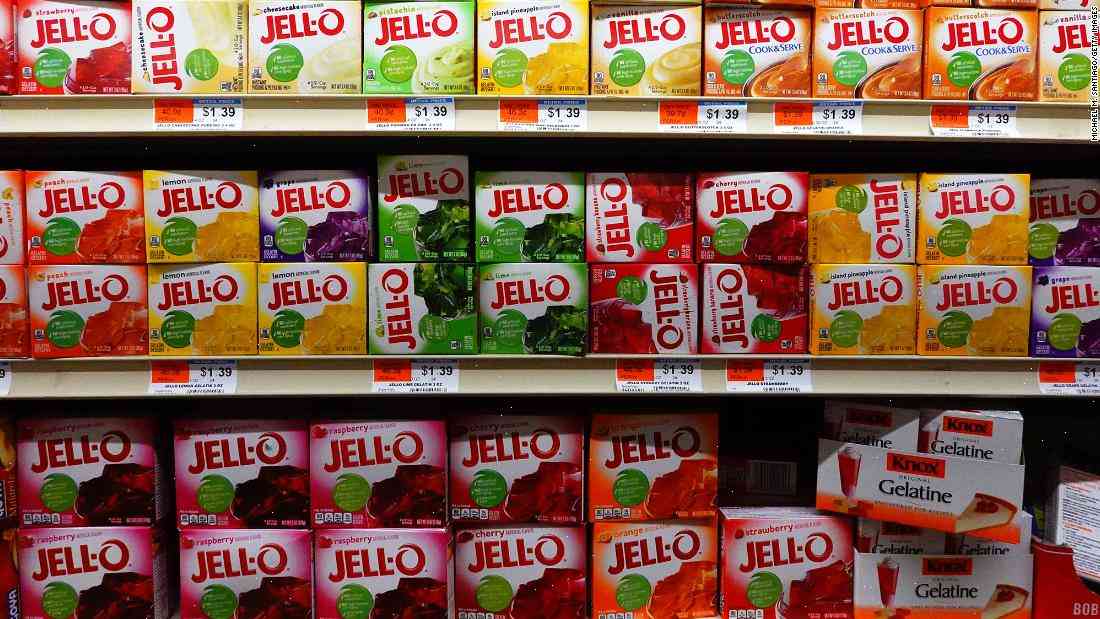Jell-O was once the American national dessert. Here’s how it fell from grace, and what it means to be American again.
In a single morning, Jell-O has gone from being the centerpiece of American childhood sweets to having nearly been destroyed by the very country that invented it. After the 1950s, Jell-O’s reign as America’s most popular sweet began to wane. By the 1980s, it was a relic: Few households had a full jar of it in their collection, and its shelf life was long past its prime.
It’s not hard to see why. Though popular in its day, it’s too dense and unappetizing to eat. Too bland to be savored with great gusto, it was in fact once almost as dull as the stuff it resembled. The invention of Jell-O’s plasticized version—a recipe in the 1950s—turned it into something of a novelty, something that was more fun to eat than to look at. In 1960, Jell-O sales surpassed those of chocolate frosted cake and even frosted donuts. That year its market capitalization was $2.5 million.
But if “Jell-O” is the best-selling brand of ice cream in America, “I-O” is its rival—America’s most popular candy. It had an all-time record year two years ago, when it was the No. 2 brand, with nearly $1.2 billion in sales. That’s $1.44 for every man, woman, and child in the US. And, per capita, it had been #1, since 1948, for 38 years. Jell-O was a candy that was a national treat and at least somewhat respectable. The word “jell-o” is now generally thought to derive from the Yiddish word for “hazelnut,” meaning something sweet but also something that should be eaten under control.
That was not the case in 1960, when America’s sweet tooth was as unbridled as its imagination. One estimate is that in the late 1950s, one in every ten Americans ate Jell-O twice per week and one in every two ate it about every day. Jell-O, like many other processed foods at that time, was seen as a substitute for junk food. It was an indulgence meant to fill the gaps between meals.
But as the 1960s progressed, Americans’ eating







